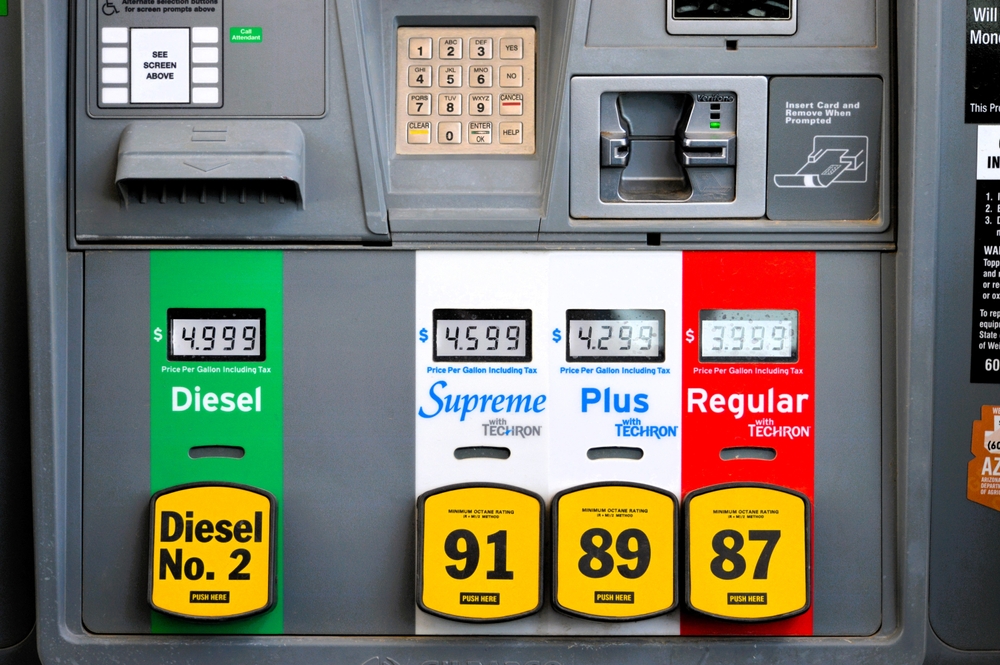Embarking on the quest for the ultimate gas rebate card can seem daunting, with a plethora of options to sift through. Allow this guide to act as your navigator, highlighting key factors to consider, ensuring the card you choose matches your driving patterns, spending habits, and overall financial goals. A thoughtfully selected card will not only offer fuel cost cuts but will serve as a key component that enhances your financial framework. Armed with the right insights and a deliberate plan, you can conquer the terrain of gas rebate cards with ease, guaranteeing a route that leads to maximum savings and effective money management.

1. Evaluate Driving Habits:
Start by taking stock of how often and far you drive. A card that offers substantial rebates on gas would best suit those who are regular long-distance drivers.
2. Pick Cards Aligned with Preferred Gas Providers:
Select cards that have partnerships with the gas stations you typically use to ensure you get the most out of the rebates and savings available.
3. Examine Reward Structures:
Investigate the various reward models, such as flat-rate rewards versus rotating categories, to see which is in sync with your purchase patterns.
4. Consider the Annual Fee:
Examine the annual fees and weigh them against the perks and rebates to determine if the card’s offerings are worth the cost.
5. Look into Extra Benefits:
Look for extra advantages such as bonuses on travel, car rental coverage, or emergency roadside aid that elevate the overall value of the card for your lifestyle.
6. Check Reward Redemption Ease:
Give preference to cards that offer a range of convenient redemption methods, so you can utilize rewards in a way that suits you best.
7. Assess Introductory Promotions:
Look at introductory promotions like bonus points or temporary reduced interest rates that can provide significant value at the start.
8. Scrutinize Interest Rates:
Study the card’s interest rates, particularly if you might carry a balance, to keep the card cost-effective over time.
9. Understand Foreign Transaction Fees:
If you travel abroad, it’s important to check for foreign transaction fees to prevent any unforeseen charges during your trips.
10. Verify the Credit Limit:
Make sure the credit limit meets your spending needs and supports an optimal credit utilization rate.
11. Research Customer Insights:
Dig into customer reviews and ratings for a clear picture of user satisfaction, quality of service, and the card’s dependability.
Conclusion:
To find the best gas rebate card, a thorough evaluation of several critical elements in relation to your personal requirements and financial plans is necessary. This guide aims to point you in the direction of a card that not only reduces your expenses at the pump but also fits seamlessly into your overall money management strategy. Navigate your options with confidence and precision to arrive at a choice that propels you down the road of smart savings.







